The Herald-Tribune
by RICHARD STORM
Ariel Quartet's Beethoven cycle starts with impressive energy
The Perlman Music Program has engaged the youthful Ariel Quartet to present a complete cycle of Ludwig van Beethoven's string quartets in six concerts during October, February and May, the first time this cycle has been heard in its entirety here.
At the first concert, heard in the intimate and appropriate acoustics of the Selby Auditorium, as in the subsequent programs, the audience will hear compositions from Beethoven's early, middle and late periods, highlighting the scope of the composer's work in this difficult genre.
On Tuesday morning, the quartet began with the String Quartet No. 1 in F Major, Op. 18, an early piece. The bright tone and coordination of the ensemble was clear from the very first moment. Assertive and confident, the young musicians took full advantage of the opportunity to perform in a true chamber music venue rather than a large auditorium, and demonstrated the unanimity of attack and rhythmic precision that has been so well received around the world.
Much has been said about the influence of Haydn and Mozart in Beethoven's early writing, but little of that could be discerned in the survey of passionate melancholy and good humor found in this piece.
The second item on the program, the Quartet No. 11, Op. 95, made its "Serioso" subtitle clear in the very first measures, despite a few minor discrepancies in intonation. The second movement, with its semi-fugal structure, was truly mature Beethoven, powerful and elegant. The third section, with some daring harmonic gestures, probably infuriated the audience of the day, already less than accepting of Beethoven's innovations. The concluding moments were full of strong musical ideas, occasionally served with some hard-edged tone in the violins.
The final, "mature," quartet, No. 12 from the Op. 127 series, was quite an exercise in resourceful performance technique, requiring charming lyricism in the first movement, a stunning song-like second movement, mysterious and sonorous, a notoriously difficult third section and a hard-driving finale, perhaps more aggressive than necessary, but impressive nonetheless.
All of which prompts the question: Why don't we hear these superb compositions more often? They are very challenging, both to perform and to hear, that's why.
But the effort to do so is truly worthwhile and we are grateful.

